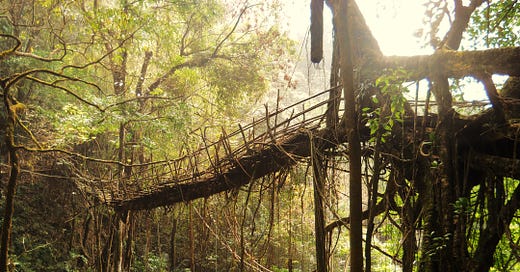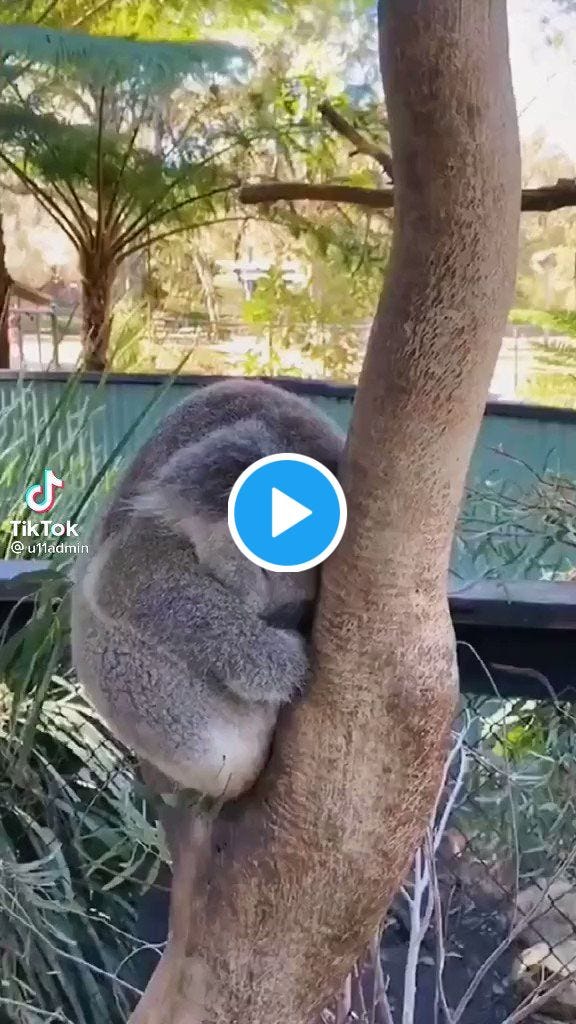This morning I learned about the concept of plant blindness. Which means: we move through life without noticing the vegetation around us, thus becoming more and more disconnected from the natural world. Before I started this newsletter, and before my coworkers began showing off their glorious plant collections on Zoom calls, I was very plant blind. I’d notice astonishingly gorgeous trees, but only in zaps, as though the tree had sprung out of nowhere. About twice a month I’d stop and go, wow—surprised by the London Planes stretching their ballerina trunks over my own street.
Now I notice those trees all the time. But only because I decided to become less “plant blind,” by writing this weird newsletter. At least, that term is what I learned in this BBC video essay thingie. It’s worth watching, for tidbits like:
We are naturally more wired to fear animals so we do focus on those, but the vegetation is simply wallpaper for foxes
Green is the color that our eyes see best, so we tend to blur it out in the background (we naturally make a green screen?)
This juicy quote: “And this has resulted in what is known as the nature deficit disorder, where people don't recognize plants at all other than something that they may consume for dinner.”
Anyway, the concept of plant blindness is very literal. It means that plants are all around us and we literally don’t see them. If we’re missing an entire category of life on earth, what else are we forgetting to notice?
What the plants are reading
(Anselmrogers/Wikimedia)
This is a bridge made out of living roots, and let’s make more of these, please. Apparently they exist in several places and I want to visit them all. In other news, here’s a roundup of what herbalists can tell us about weathering the winter. Should you talk to your plants? Y/N. A beautiful meditation on what caring for plants can teach you about caring for your own self—the writer got a humidifier and…
Within just a few days, Rita Louise stretched to the ceiling and lost a few crispy leaves — a necessary shedding of the past, I take it. It was easy to relate to. The rest of her leaves darkened and regained the bright red and yellow edges that greeted me when I brought her home. A new leaf opened. Shirley the snake plant perked up too.
(Note, I am a person with a strong humidifier. Though I am not paid by the humidifier industry to plug such devices, I do recommend.)
The next book on my list is this one on ethnobotanical traditions: “Replaced with a poppy in each socket, sight is restored to the visionless soul.”
What else?
The best nap zone:
Seems required viewing for right now:
And, ok, Instagram is down so that knocks out a bunch of things I planned to share. But guess what? You can find some vegetation that’s near you, either outside or inside, and maybe just notice it’s there. I’ll be it will appreciate the attention.
May you see the forest and the trees,
Lindsay
Administrative P.S.
Did you miss the last issue? Here it is.
This newsletter sends on Ẅednesdays because Ẅednesday is a great day to celebrate Vegetation 🌱 It arrived on the right day today.
Feel free to reply to this, and I will get it like a regular email! Send me links or personal blooms for my entertainment. I love them all.






